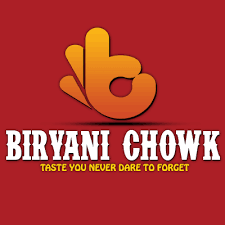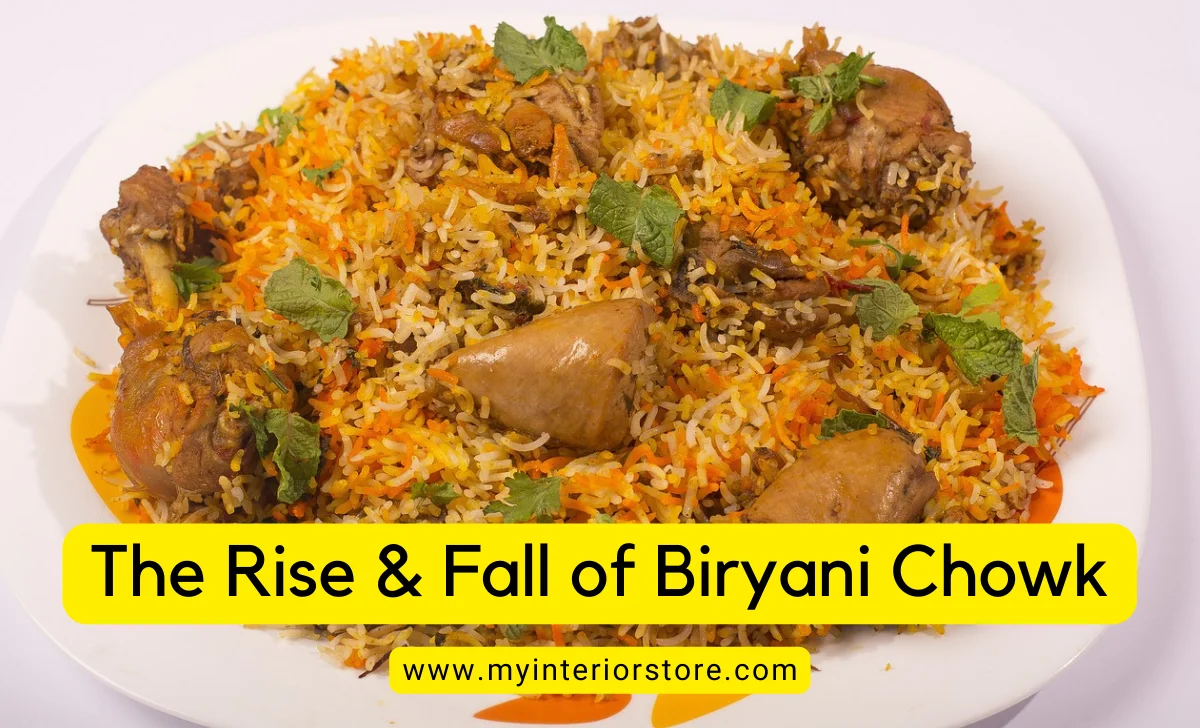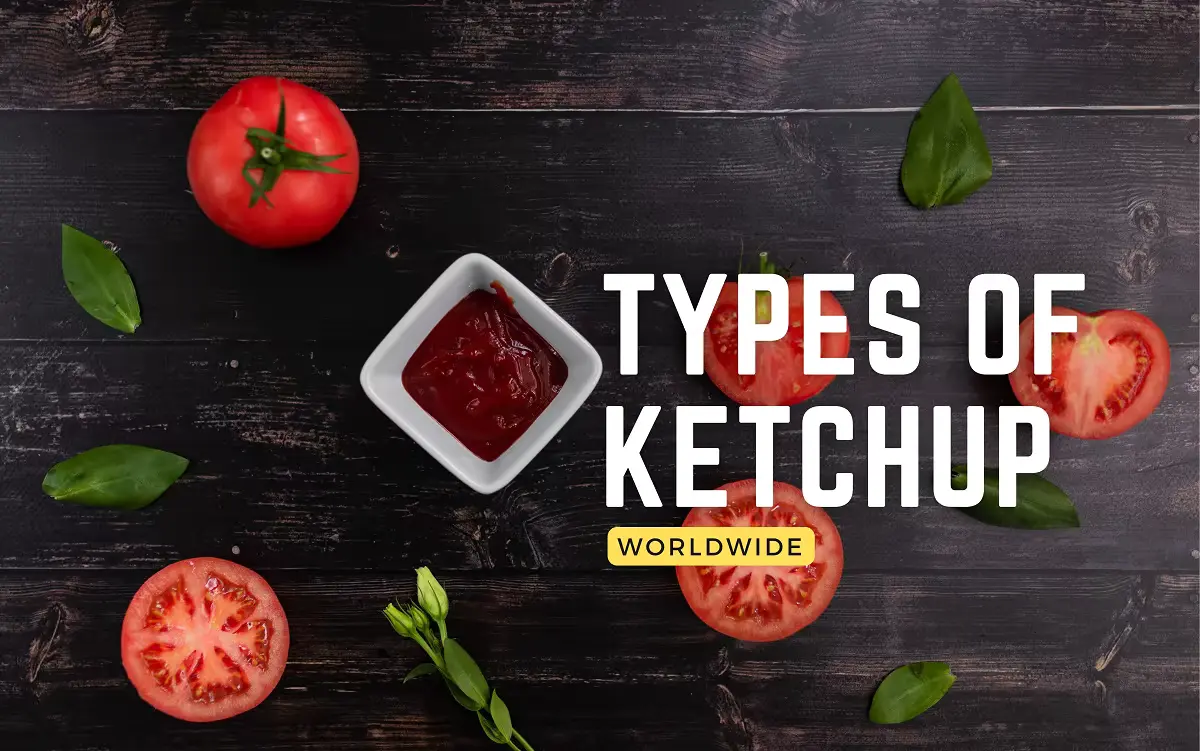The Rise & Fall of Biryani Chowk: The love for biryani runs deep in the hearts and taste buds of food enthusiasts worldwide. It has evolved into an iconic dish, with countless variations and regional specialties. Biryani Chowk, a renowned biryani joint, emerged as a prominent player in the culinary landscape, captivating the hearts and palates of biryani connoisseurs. In this article, we will delve into the rise and fall of Biryani Chowk, exploring the journey of this establishment that left an indelible mark on the biryani scene.
Biryani Chowk, located in the heart of the city, F.B.Area Block 7, Karachi , was established with the aim of serving authentic, flavorful biryani to a diverse clientele. Biryani, a fragrant rice dish cooked with succulent meat and aromatic spices, holds a special place in the culinary traditions of various cultures. Biryani Chowk recognized this significance and set out to create a haven for biryani lovers.
The Rise of Biryani Chowk

Founded by a group of passionate food enthusiasts, Biryani Chowk began its journey as a humble eatery, with a mission to redefine the biryani experience. What set Biryani Chowk apart was its unwavering commitment to quality and taste. Each grain of rice was infused with rich flavors, complemented by perfectly cooked meat that melted in the mouth.
The biryani at Biryani Chowk was carefully crafted using a secret blend of spices, passed down through generations. This unique recipe combined with the expertise of their talented chefs became the foundation of their success. Word of mouth spread like wildfire, drawing in hordes of eager diners eager to savor the exquisite flavors.
The Signature Biryani
Biryani Chowk’s signature biryani was a masterpiece. Picture a fragrant symphony of basmati rice cooked to perfection, each grain separate and infused with the aromatic spices that danced on your taste buds. The tender pieces of marinated meat & whether chicken options, were lovingly layered between the rice, adding depth and richness to every bite.
The biryani was slow-cooked in traditional copper handis, allowing the flavors to meld together harmoniously. The tantalizing aroma that wafted from the kitchen would beckon passersby, luring them in to taste the magic that awaited within each serving. The biryani at Biryani Chowk wasn’t just a dish; it was an experience that transported diners to a world of culinary delight.
Customers couldn’t help but rave about the biryani at Biryani Chowk. The combination of fragrant spices, perfectly cooked rice, and tender meat left an unforgettable impression on their taste buds. The accolades poured in, with praises for the impeccable balance of flavors and the generous portion sizes that satisfied even the heartiest appetites.
Plans for Expansion and Growing Pains
With their initial success, Biryani Chowk planned opening new outlets in different locations. The demand for their biryani seemed insatiable, and they sought to cater to a wider audience. However they wont be able to do this.
Maintaining consistency and quality across multiple outlets proved to be a daunting task. Biryani Chowk had to ensure that each outlet adhered to the same high standards they had set from the beginning. Training new staff, sourcing quality ingredients, and replicating the same level of perfection in every serving became a priority. So they stopped.
Social Media Buzz
As Biryani Chowk continued to make waves in the biryani world, they embraced the power of social media to amplify their reach. They leveraged platforms like Facebook to engage with their customers, share enticing visuals of their biryani, and gather feedback. Their active presence on social media further fueled the buzz around their brand.
Customers enthusiastically shared their experiences, posting mouthwatering pictures of the biryani, and leaving glowing reviews. The positive word-of-mouth on social media became a catalyst for Biryani Chowk’s success. It not only attracted new customers but also strengthened the loyalty of their existing fan base.
The Google & Facebook page of Biryani Chowk became a hub for biryani enthusiasts, where they could interact with like-minded individuals, share their love for the dish, and stay updated on the latest offerings. The engagement on social media further solidified Biryani Chowk’s position as a leading player in the biryani industry.
Competition and Market Saturation
While Biryani Chowk enjoyed a period of unrivaled popularity, the biryani market witnessed a surge in competition. Numerous biryani outlets started cropping up, each vying for a slice of the ever-growing biryani-loving population. This increased competition posed a challenge for Biryani Chowk to maintain their stronghold in the market.
They faced the dilemma of standing out amidst a sea of similar offerings. Biryani Chowk had to constantly innovate, introducing new flavors, exploring different regional variations, and incorporating customer preferences into their menu. They recognized the importance of staying relevant and capturing the evolving tastes of their customers.
Decline and Closure
Despite their initial success and efforts to stay ahead of the competition, Biryani Chowk faced a gradual decline in their customer base. Several factors contributed to this unfortunate turn of events. Firstly, the market became saturated with biryani options, causing customers to explore other outlets and try different varieties. Biryani Chowk struggled to retain their loyal customers in the face of increased choices.
Moreover, some customers felt that the quality and consistency of the biryani had declined as a result of the rapid expansion. Maintaining the same level of excellence became increasingly challenging as the brand expanded its reach. Negative reviews and feedback started to emerge, casting doubt on the once-revered reputation of Biryani Chowk.
Additionally, changing food trends and preferences played a role in the decline. As health-consciousness grew among consumers, they sought lighter and healthier dining options. Biryani, with its rich and indulgent flavors, faced competition from healthier alternatives. Biryani Chowk struggled to adapt to these shifting preferences, and their decline became more apparent.
Ultimately, the decline in customer base and the challenges faced by Biryani Chowk became insurmountable. The management made the difficult decision to close down their outlets, marking the end of an era for this once-beloved biryani joint.
Lessons Learned
The rise and fall of Biryani Chowk offer valuable lessons to aspiring restaurateurs and entrepreneurs in the food industry. Firstly, maintaining consistency and quality is paramount, even in the face of expansion. Ensuring that the core essence of the brand remains intact across multiple outlets is crucial for sustained success.
Secondly, adaptation and innovation are key. The culinary landscape is ever-evolving, and staying ahead of the curve is essential. Biryani Chowk could have explored new variations, introduced healthier options, or incorporated trending flavors to cater to changing customer preferences.
Lastly, understanding the market and competition is vital. As the market becomes saturated, differentiating oneself becomes a challenge. Biryani Chowk could have focused on unique selling points, emphasized their signature biryani, or targeted specific niche markets to maintain their competitive edge.
Image by Nrs_Kitchen from Pixabay





